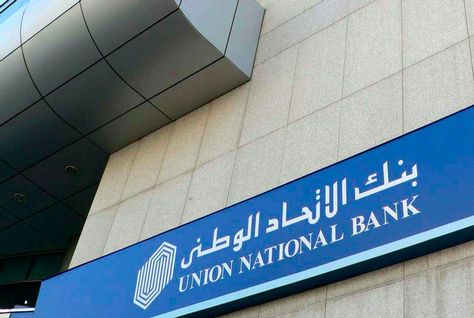 A new report issued by the website EY, known as the World Islamic Banking Competitiveness Report, has just confirmed that the financial assets of Middle Eastern banks are set to exceed $800 million by the end of 2015.
A new report issued by the website EY, known as the World Islamic Banking Competitiveness Report, has just confirmed that the financial assets of Middle Eastern banks are set to exceed $800 million by the end of 2015.
This is a development that has not been unexpected, but which has still managed to serve as a timely reminder of Islamic financial and banking prowess, particularly at a time when the world economy is undergoing a period of reconstruction and redefinition.
Competition In The Middle Eastern Region Is Coming To A Head
Internationally known banking figures, such as Fahad Al-Rajaan among many others, are agreed that taking on the reins of financial hegemony in the Middle Eastern region involves the assumption of a great deal of responsibility. Financial oversight in the region has long been a contentious issue between several of the leading powers in the area.
In fact, as the decade draws on, nations such as Oman, Bahrain, and Iran are flexing their economic muscles in an eager bid to join the ranks of the region’s top ranked financial powers.
While the internal competitiveness of the various economic powers in the region is hardly news, the level to which such disputes have recently been taken has created an atmosphere of excitement and opportunism among potential investors from all corners of the globe.
QISMUT Is Becoming An International Economic Force To Be Reckoned With
The organization of Islamic banking institutions known as QISMUT (an acronym that stands for the nations of Qatar, Indonesia, Saudi Arabia, Malaysia, the United Arab Emirates, and Turkey) is fast becoming one of the leading economic players in the global financial scene.
As a group, QISMUT represents the lion’s share of total Islamic banking profits – a dominant 80 percent of the total figure of $920 billion in revenue created by all Islamic banks put together.
The Rise Of Islamic Banking Power Will Continue In 2016
All indications point to the fact that the rise of Islamic banking power will continue on an upward course throughout 2016 and well into the foreseeable future. Saudi Arabia continues its reign as the leader in Islamic banking, representing a commanding 33 percent of the total share.
Meanwhile, up and coming players, particularly Malaysia and the UAE, are doing their best to increase their share of the revenue. Malaysia has done very well for itself in the past year, moving into 2nd place behind the Saudis with a total share of 15.5 percent, while the UAE now places 3rd with a share of 15.4 percent. Other nations, such as Iran, are also increasing their share of global Islamic banking profits.
Islamic Banks Are Posing A Serious Challenge To Traditional Banks
Islamic banks continue to pose a serious challenge to traditional banks, both in their native regions and on a global scale. Islamic banking assets are projected to reach a total of $1.6 trillion by the year 2020, with the bulk of this figure being represented by banks that belong to the QISMUT group.
While patrons in non-Islamic nations may balk at the notion of doing business with an institution that is bound by traditional Sharia law, the fact of the matter is that such banks are becoming more credible as an alternative to purely secular financial centers.
Learn more
Which countries save the most, you know, personal savings accounts, piggy banks, cash under the mattress and all of that financial stuff? It's a g ...
We often hear of a megarich tycoon having millions of dollars stashed away in some foreign country. We hear about it so much, it has become a clic ...
Technology has changed the banking industry in a big way. It has made your money more secure, it has allowed you more access to your money, and it ...
A business bank account is really a necessity; it could make for ease and straightforwardness when balancing stats. Not possessing a business acco ...
Before online banking made it possible to check your balance from anywhere, managing the books for your business was much more complicated. Deposi ...







